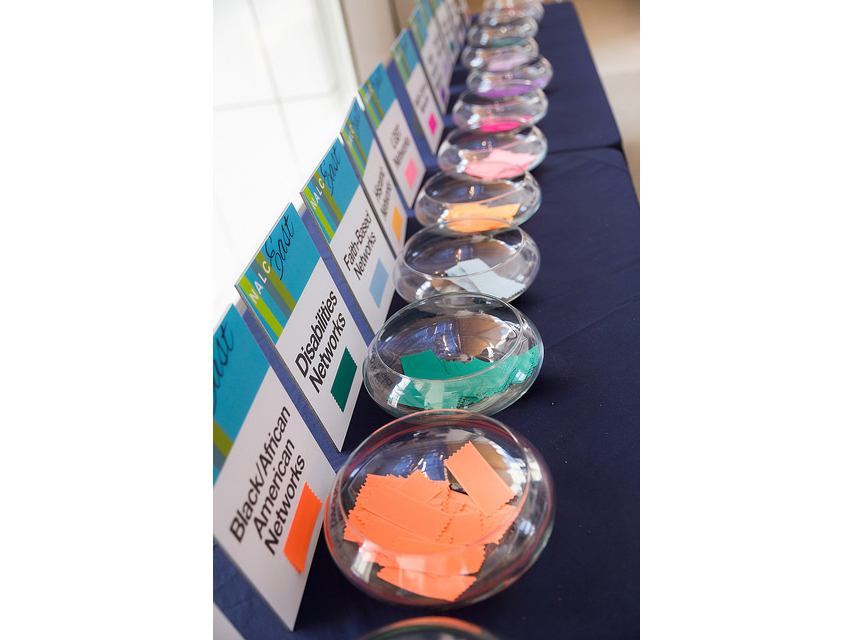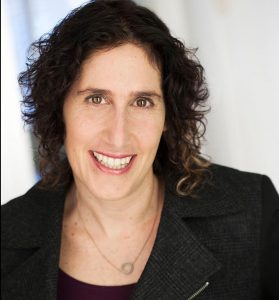In case you missed it, Deloitte has decided to phase out their affinity-based employee resource groups and replace them with inclusion councils made up of employees from different backgrounds to work on diversity issues. And, as you can imagine, there has been a lot of discussion around the virtual water cooler about this and what it means for the future of diversity and inclusion. Much of the debate centers on whether this move is the only, or “right” way to address the reasons behind their decision: millennials “don’t like demographic pigeonholes” and white men feel left out.
Does it have to be an either/or or can it be a both/and? We argue it can be a both/and situation in which an organization can create a structure for employee resource groups that addresses the needs of underrepresented groups while at the same time leaving room to explore issues of intersectionality and providing the majority group a way to participate. This is not easy. However, it can be done.
Why Affinity-Based Resource Groups are Still Important (and how to make them more inclusive)
Despite the growing need for discussions about intersectionality and how to address it, the fact remains that people from underrepresented groups are still, well, underrepresented in most of the corporate world, especially in more senior levels of the organization. For instance, Asian, Latina and African-American women make up less than 4 percent of executive/senior level positions in the S&P 500, combined.
People from underrepresented groups need a way of finding people like them to avoid feeling isolated and to boost engagement. The data is compelling in support of ERGs as a lever for employee engagement. Almost 78 percent of 18-24 years olds and nearly 84 percent of 25-34 year olds report that ERGs have a positive impact on engagement. Additionally, these groups serve as important links to workforce attraction (employer branding strategy), career advancement and development and support, marketplace and community by providing a space for people to come together and address these key factors through a specific cultural lens.
However, we cannot ignore the topic of intersectionality and the multi-dimensionality of our workforce. Managing this will enhance our understanding of diversity and the new perspectives, attitudes and ideas it will introduce into ERGs will make them more innovative. One approach to this is to actively recruit colleagues who do not share the ERG’s identity. The best employee resource groups offer multiple points of entry for colleagues who are not of the same affinity group to get involved and learn from them. This will help spread the message and prevent employees from feeling left out.
Cross-collaboration between employee resource groups is another way many organizations are building a more inclusive environment and addressing the intersectionality many of their employees represent. Generational and Young Professionals ERGs have also been a place for people of different genders, sexual orientation, race and ethnicities to come together and explore intersectionality.
There are many organizations that are creating employee resource groups, in addition to their affinity-based groups, that address a specific focus area for the organization. For instance, American Airlines and Capgemini both have ERGs that address corporate social responsibility and community service. VF Corporation has an ERG that focuses on employee engagement. Boehringer Ingelheim has discipline-based ERGs, one for pharmacists and one for nurses.
Many employee resource groups choose to have executive sponsors who are not of the same affinity, often white, straight cisgender men. These sponsors are charged with leveraging their influence as senior leaders to push forward the D&I agenda and to engage additional senior leadership in the conversation. This, along with robust allyship programs are powerful ways to engage colleagues who represent the majority at an organization
The Importance of Engaging White Men as Allies and Champions of Diversity
As of right now, white, straight, cisgender men hold the majority of the decision-making power in the corporate space. Therefore it would be a major misstep to leave them out of the diversity and inclusion conversation. Like any other line of business, D&I needs these senior leaders to affect authentic, systemic culture change at an organization.
In the landmark White Men’s Leadership Study, white male respondents identified ‘exclusion’ as the primary challenge they faced when attempting to incorporate D&I aspects into company goals and initiatives. In addition, 70 percent of white male respondents and 60 percent of women and minority leaders were not clear whether diversity initiatives are intended to include white men.
To engage white men in diversity and inclusion efforts organizations must
- identify barriers to engagement
- tackle issues related to bias and privilege; and
- establish accountability for senior leaders to D&I goals and objectives
In Diversity Best Practices’ recent paper, Engaging White Men as D&I Champions and Allies, we look at how to address all of these and offer case studies highlighting what some organizations are doing to address this issue and multiple conversation guides to support your efforts in this area. Here are the tips for engaging white men we offer from this paper:
- Emphasize inclusion, not just diversity
- Help build relationships across differences
- Select influential white male leaders to champion D&I efforts
- Include white males on the D&I committee and encourage an influential white man to chair it
- Educate white male employees about the D&I business imperative and ROI
- Help them become aware of unconscious biases and hidden inequities
- Get them involved; assign tasks and RECOGNIZE participation
- Conduct white male focus groups or establish white male ally groups
- Tie compensation and incentives to D&I participation and outcomes
- Encourage ERG Leaders to invite their managers to senior leader meetings
Conclusion
Although seemingly stating the obvious, it is important to note that there is no one right way to structure employee resource groups to address the challenges of engaging white men and intersectionality. Every organization has to solve for these issues while taking into account its own unique culture, organizational structure, marketplace variables and the community in which it works. What might end up working for Deloitte, will likely not work in another organization. Only time will tell if this major shift in their strategy will achieve the results they are hoping for. We hope that Deloitte will share its progress with the D&I community so that we may all gain from their lessons learned.
For more information about Employee Resource Groups and to access resources to support your work to advance your own ERGs, visit our Employee Resource Group page.


